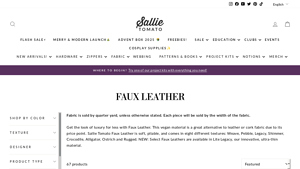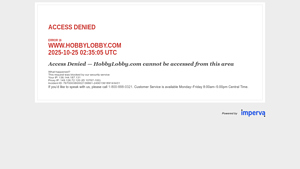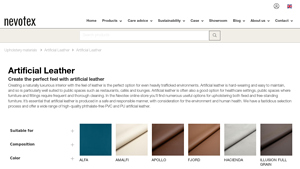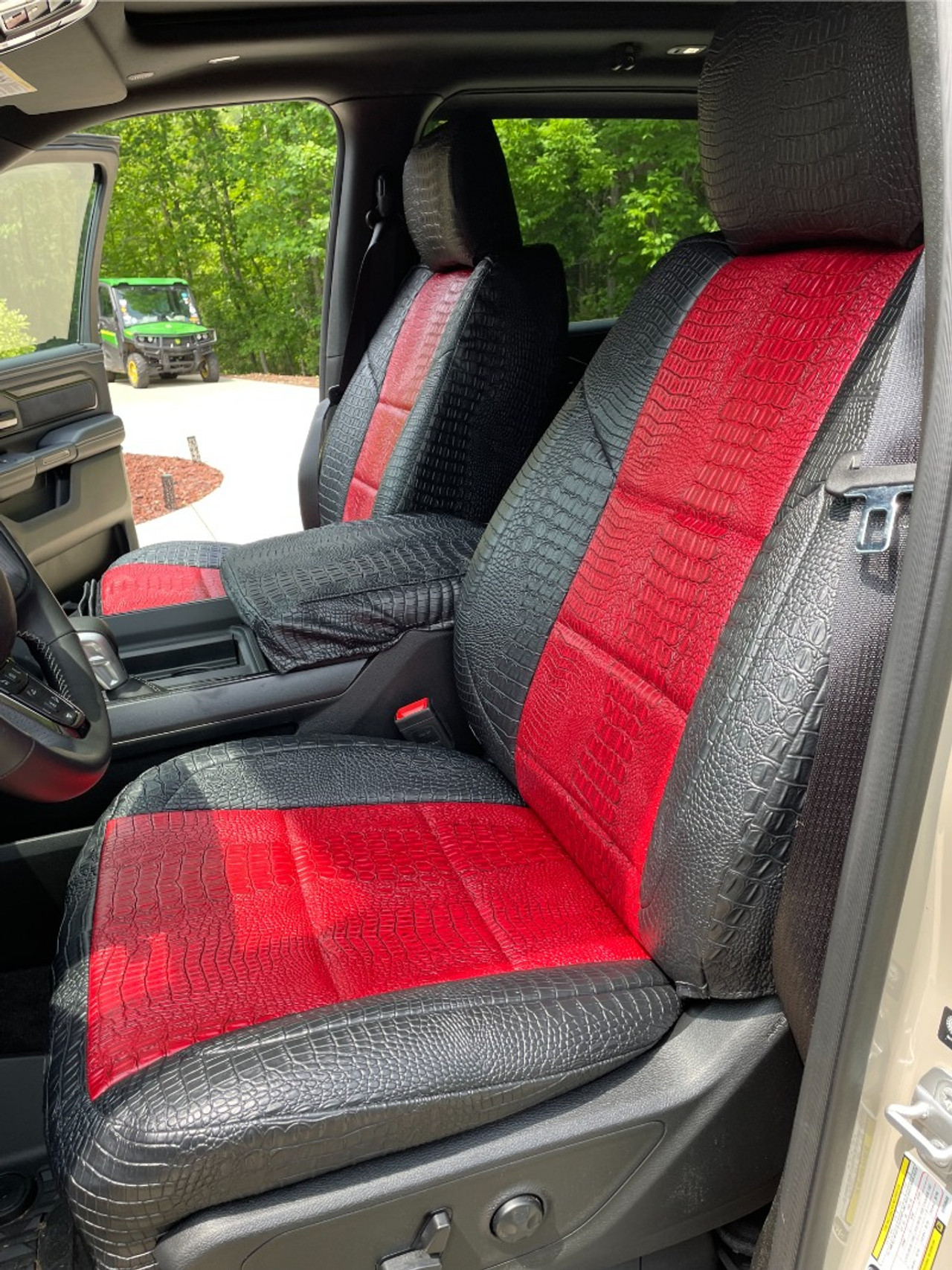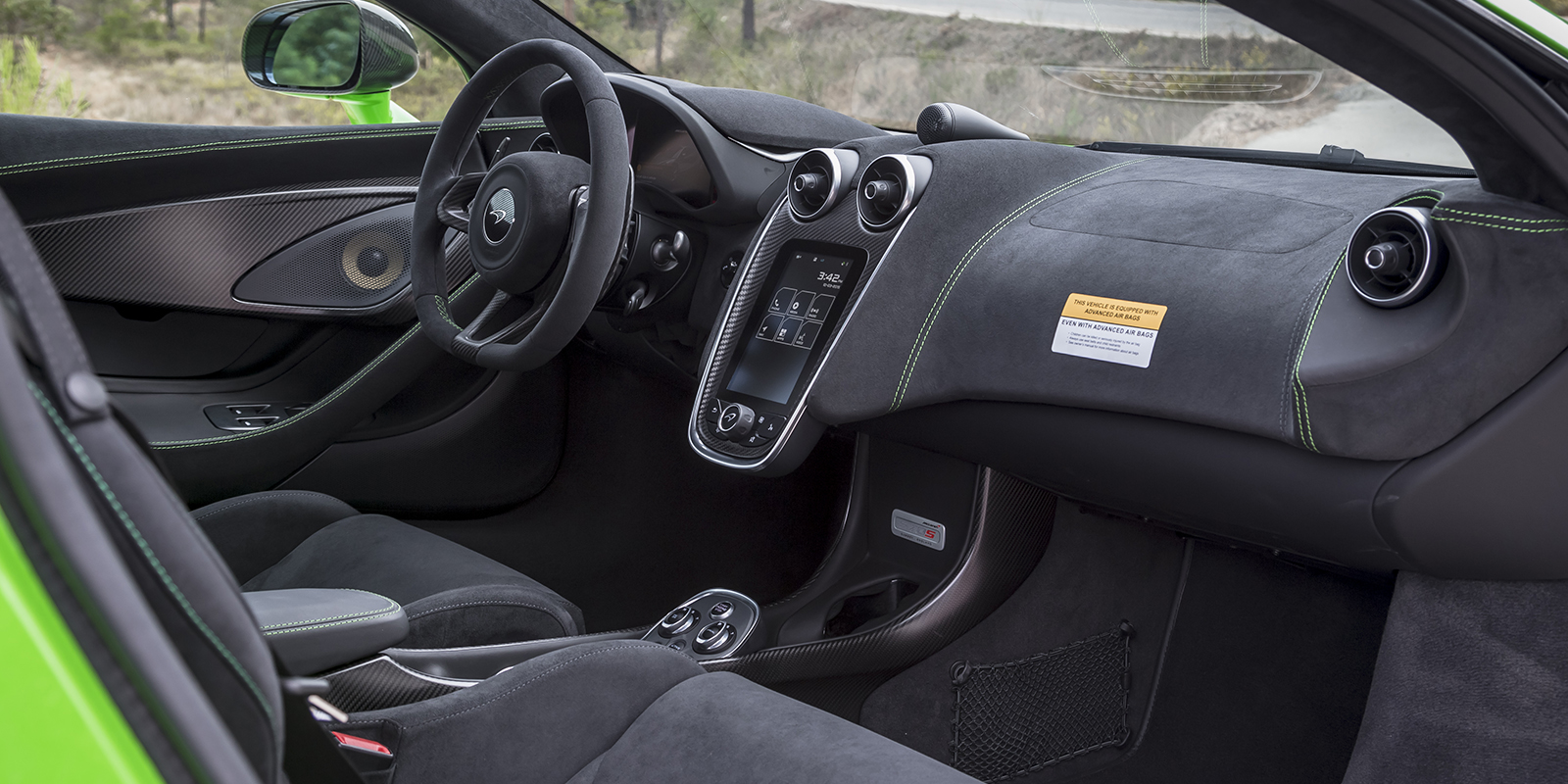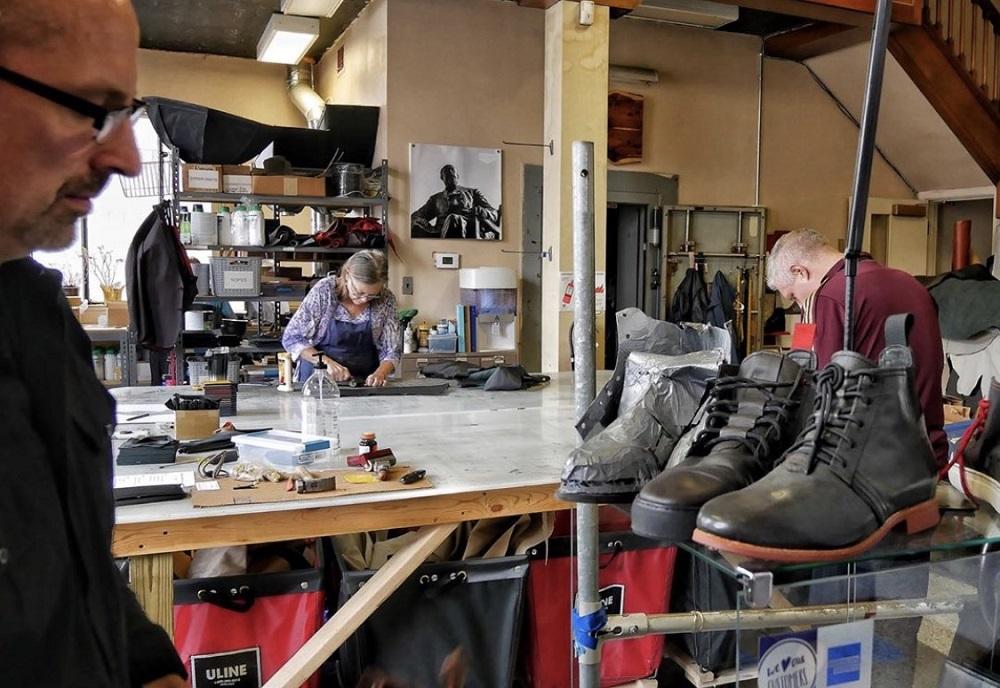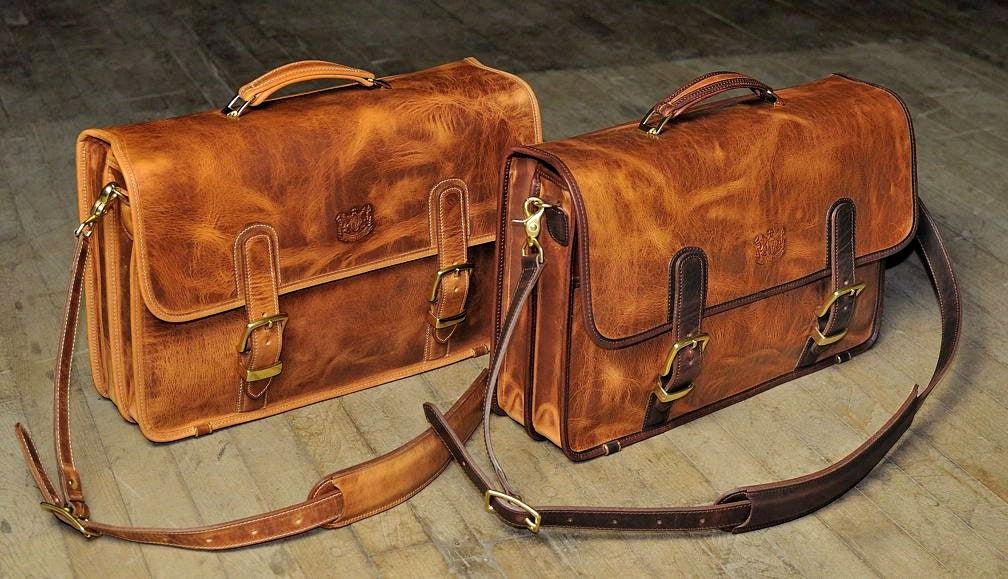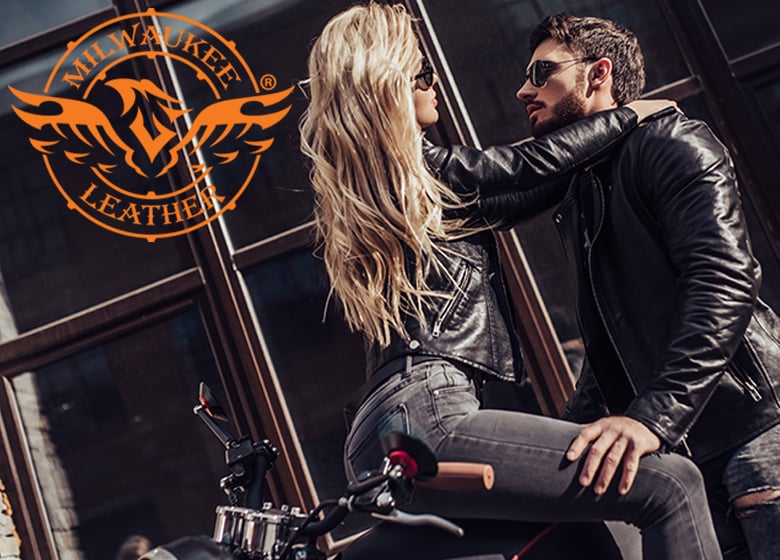Introduction: Navigating the Global Market for artificial leather sheet
In an increasingly competitive global market, sourcing high-quality artificial leather sheets presents a significant challenge for B2B buyers. With applications ranging from upholstery to fashion accessories, the demand for versatile and cost-effective materials is on the rise. However, navigating the complexities of product specifications, supplier reliability, and pricing can be daunting, particularly for buyers from regions such as Africa, South America, the Middle East, and Europe. This guide aims to empower you by providing a comprehensive overview of the artificial leather sheet market, covering various types, applications, and the critical process of supplier vetting.
Within these pages, you’ll find valuable insights into the diverse textures and finishes available, as well as how to assess the durability and sustainability of different materials. We will also address the cost implications and market trends that influence pricing, ensuring that you make informed purchasing decisions that align with your business objectives. By equipping yourself with this knowledge, you can confidently navigate the landscape of artificial leather sheets, securing partnerships with suppliers who meet your quality standards and budget requirements. Whether you are based in Nigeria, Germany, or elsewhere, this guide is tailored to help you optimize your sourcing strategy and enhance your product offerings.
Table Of Contents
- Top 3 Artificial Leather Sheet Manufacturers & Suppliers List
- Introduction: Navigating the Global Market for artificial leather sheet
- Understanding artificial leather sheet Types and Variations
- Key Industrial Applications of artificial leather sheet
- 3 Common User Pain Points for ‘artificial leather sheet’ & Their Solutions
- Strategic Material Selection Guide for artificial leather sheet
- In-depth Look: Manufacturing Processes and Quality Assurance for artificial leather sheet
- Practical Sourcing Guide: A Step-by-Step Checklist for ‘artificial leather sheet’
- Comprehensive Cost and Pricing Analysis for artificial leather sheet Sourcing
- Alternatives Analysis: Comparing artificial leather sheet With Other Solutions
- Essential Technical Properties and Trade Terminology for artificial leather sheet
- Navigating Market Dynamics and Sourcing Trends in the artificial leather sheet Sector
- Frequently Asked Questions (FAQs) for B2B Buyers of artificial leather sheet
- Strategic Sourcing Conclusion and Outlook for artificial leather sheet
- Important Disclaimer & Terms of Use
Understanding artificial leather sheet Types and Variations
| Type Name | Key Distinguishing Features | Primary B2B Applications | Brief Pros & Cons for Buyers |
|---|---|---|---|
| جلد البولي يوريثان | Soft, flexible, and available in various textures; often more environmentally friendly. | Upholstery, fashion accessories, automotive interiors. | Pros: Eco-friendly options; wide range of textures. Cons: Can be less durable than genuine leather. |
| جلد بولي كلوريد الفينيل | Durable and waterproof; often has a shiny finish; easy to clean. | Outdoor furniture, marine applications, automotive interiors. | Pros: Highly resistant to wear and tear; cost-effective. Cons: Limited breathability; may not have the same aesthetic appeal. |
| جلد نباتي | Made from synthetic materials; cruelty-free; often lightweight. | Fashion, accessories, and upholstery. | Pros: Ethical choice; diverse designs available. Cons: Durability can vary based on material quality. |
| Embossed Faux Leather | Textured surface mimicking natural leather; available in various patterns. | Fashion accessories, upholstery, and crafts. | Pros: Provides luxury appearance; customizable. Cons: Textures may wear down over time. |
| Distressed Faux Leather | Aged look with a rugged appearance; often mimics vintage leather. | Upholstery, fashion items, and home decor. | Pros: Unique aesthetic; adds character to products. Cons: May require more maintenance to keep appearance. |
What Are the Characteristics of PU Leather?
PU leather, or polyurethane leather, is characterized by its soft and flexible texture, making it a popular choice in the fashion and upholstery industries. It is often produced using environmentally friendly processes, appealing to businesses focused on sustainability. B2B buyers should consider PU leather for applications in upholstery, fashion accessories, and automotive interiors, as it offers a diverse range of textures and finishes. While PU leather provides a luxurious look, its durability may not match that of genuine leather, necessitating careful consideration of the intended use.
How Does PVC Leather Stand Out in the Market?
PVC leather, known for its durability and waterproof properties, is an excellent choice for outdoor and marine applications. Its shiny finish and ease of cleaning make it suitable for environments where maintenance is critical. B2B buyers should consider PVC leather for products like outdoor furniture and automotive interiors, where resilience to wear and tear is essential. However, its limited breathability may be a drawback for certain applications, and its aesthetic may not appeal to all consumers seeking a high-end look.
Why Choose Vegan Leather for Your Business Needs?
Vegan leather is a synthetic alternative that appeals to ethically conscious consumers, as it is made without animal products. It is lightweight and often available in a variety of designs, making it suitable for diverse applications, including fashion and upholstery. For B2B buyers, vegan leather represents an ethical choice that can attract a growing segment of the market. However, the durability of vegan leather can vary significantly, so buyers should prioritize quality when sourcing materials to ensure longevity in their products.
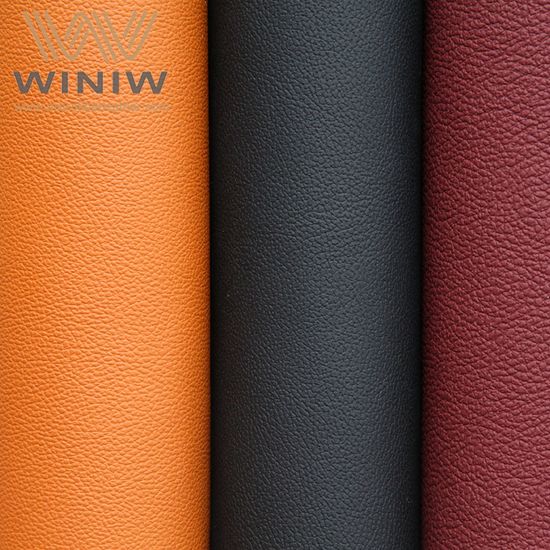
Illustrative image related to artificial leather sheet
What Are the Benefits of Using Embossed Faux Leather?
Embossed faux leather features a textured surface that mimics natural leather, providing a luxurious appearance at a lower cost. This type of artificial leather is often customizable, making it ideal for fashion accessories, upholstery, and crafts. B2B buyers may find embossed faux leather to be a versatile option that enhances product appeal. However, it is important to note that the textured surface may wear down over time, which could affect the longevity of the product.
How Does Distressed Faux Leather Enhance Product Aesthetics?
Distressed faux leather offers a unique, aged look that adds character to various products, making it a popular choice in upholstery and home decor. Its rugged appearance appeals to consumers looking for vintage or rustic styles. For B2B buyers, distressed faux leather can differentiate their offerings in a competitive market. However, maintaining the appearance of distressed faux leather may require additional care, and businesses should consider the potential impact on customer satisfaction when selecting this material.
Key Industrial Applications of artificial leather sheet
| Industry/Sector | Specific Application of artificial leather sheet | Value/Benefit for the Business | Key Sourcing Considerations for this Application |
|---|---|---|---|
| Fashion & Apparel | Garments, handbags, and accessories | Cost-effective alternative to genuine leather; diverse textures and colors enhance design options. | Ensure compliance with regional regulations on materials; assess durability and flexibility for garment applications. |
| Automotive | Upholstery for seats and interiors | Enhances aesthetic appeal while being easy to clean and maintain; resistant to wear and tear. | Evaluate fire resistance and durability standards; confirm compatibility with local automotive manufacturing practices. |
| Furniture | Upholstery for sofas and chairs | Offers luxurious appearance at lower costs; easy maintenance and cleaning for high-traffic areas. | Check for stain resistance and ease of cleaning; consider environmental certifications for sustainability. |
| Home Décor | Wall coverings and decorative items | Provides a stylish, easy-to-install option for interior design; available in various textures and finishes. | Assess fire safety ratings and environmental impact; consider local trends in home décor styles. |
| Sports & Recreation | Equipment covers and sportswear | Lightweight and durable; enhances performance while providing a premium look. | Ensure flexibility and breathability; verify compliance with international sporting standards. |
How is Artificial Leather Sheet Used in Fashion & Apparel?
In the fashion industry, artificial leather sheets are extensively used for creating garments, handbags, and accessories. The material’s flexibility and variety of textures allow designers to produce unique and trendy items without the high costs associated with genuine leather. This application solves the problem of affordability while still providing a luxurious appearance, appealing to a wide range of consumers. International buyers, particularly from regions like Africa and Europe, should consider sourcing materials that comply with local regulations regarding durability and environmental impact.
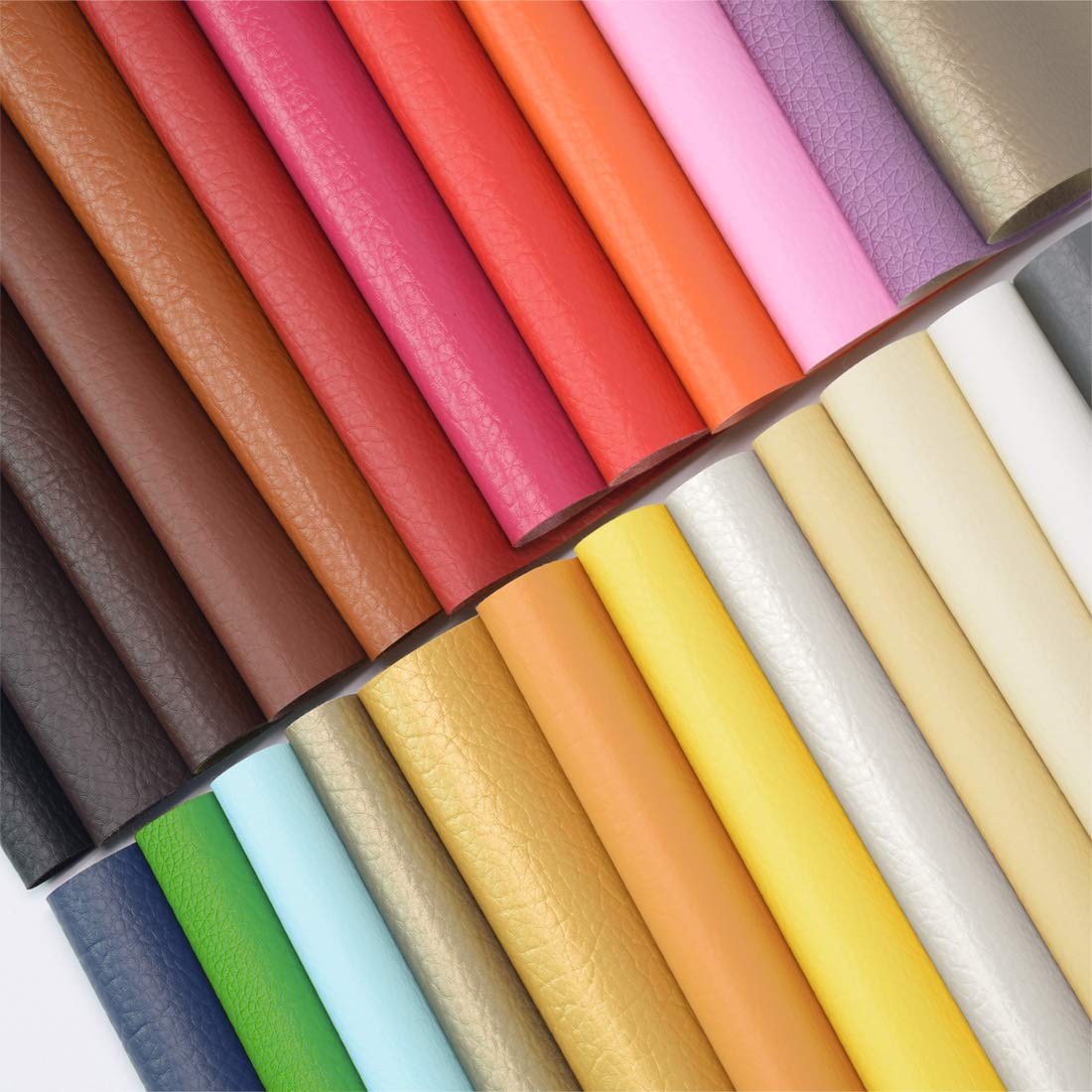
Illustrative image related to artificial leather sheet
What Role Does Artificial Leather Play in Automotive Upholstery?
Artificial leather sheets are increasingly utilized in the automotive sector for upholstery, particularly for seats and interior finishes. This material enhances the vehicle’s aesthetic appeal while offering practical benefits such as ease of cleaning and resistance to wear and tear. Buyers in the automotive industry must ensure that the materials meet specific fire resistance standards and durability requirements, especially when sourcing from diverse international markets like the Middle East and South America.
How is Artificial Leather Sheet Beneficial for Furniture Upholstery?
In furniture manufacturing, artificial leather sheets are favored for upholstery on sofas, chairs, and other furnishings. The primary benefits include a luxurious look at a fraction of the cost of genuine leather and ease of maintenance, which is crucial for high-traffic areas. Businesses should prioritize sourcing options that guarantee stain resistance and cleaning ease, while also considering sustainability certifications to meet consumer demand for eco-friendly products in Europe and beyond.
What Are the Applications of Artificial Leather in Home Décor?
Artificial leather sheets serve as stylish wall coverings and decorative accents in home décor. They provide an easy-to-install solution for enhancing interior spaces, available in various textures and finishes to suit different design preferences. Buyers should evaluate fire safety ratings and the material’s environmental impact, particularly in markets that prioritize sustainability, such as Germany and other European countries.
How is Artificial Leather Sheet Used in Sports & Recreation Equipment?
In the sports and recreation industry, artificial leather is commonly used for equipment covers and sportswear. Its lightweight and durable nature contribute to enhanced performance while providing a premium aesthetic. International buyers must ensure that the materials sourced are flexible, breathable, and compliant with international sporting standards, particularly when catering to markets in Africa and South America where sports participation is on the rise.
3 Common User Pain Points for ‘artificial leather sheet’ & Their Solutions
Scenario 1: Sourcing Quality Faux Leather That Meets Industry Standards
The Problem: B2B buyers often struggle to find artificial leather sheets that meet their specific quality and durability requirements. This is particularly challenging in industries such as upholstery, fashion, and automotive, where material performance is critical. Buyers may encounter variations in texture, thickness, and color consistency, leading to potential product failures and customer dissatisfaction. Moreover, the lack of standardization in the faux leather market can make it difficult to assess the true quality of materials from different suppliers, risking costly returns or rework.
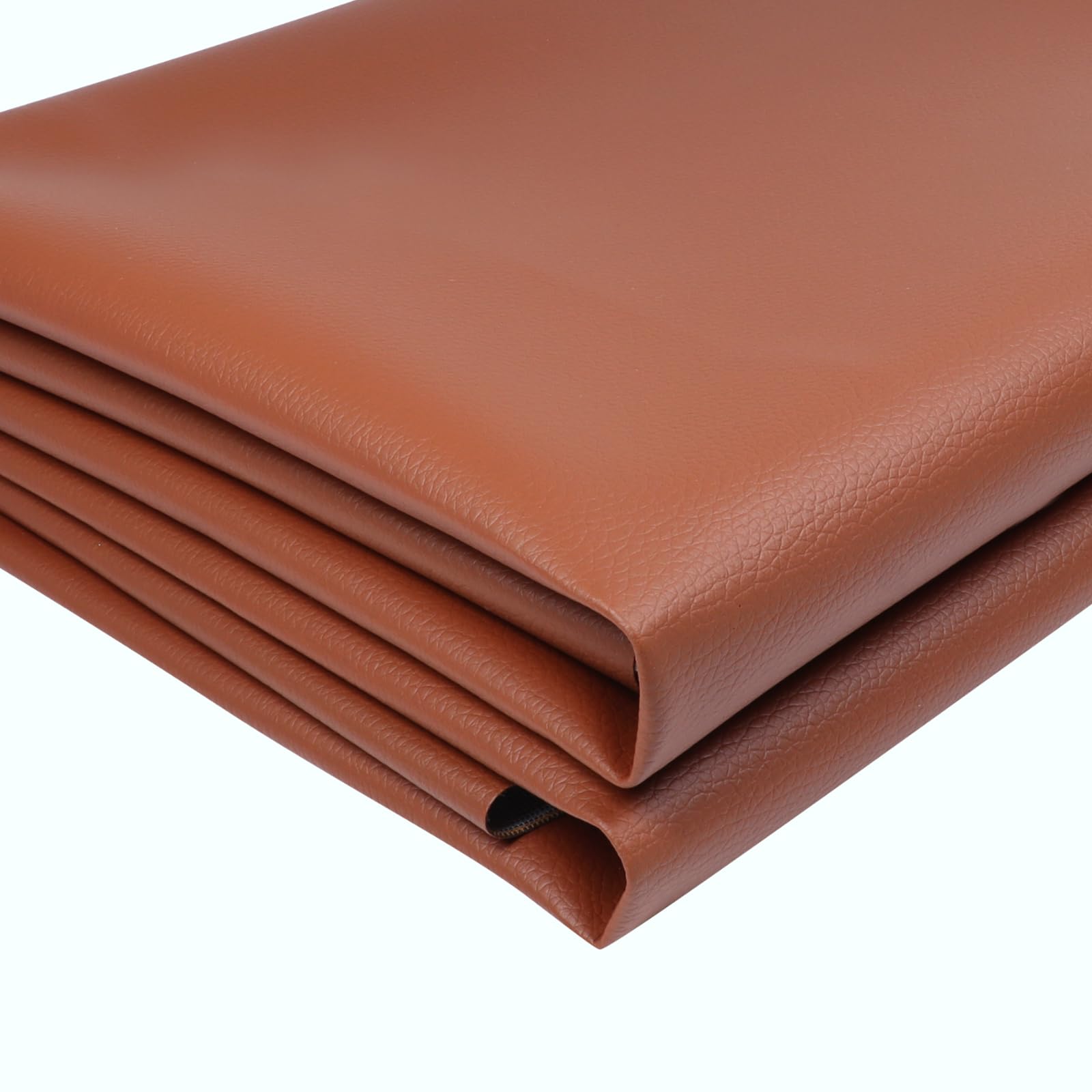
Illustrative image related to artificial leather sheet
The Solution: To effectively source quality artificial leather sheets, it is essential to establish clear specifications based on your intended application. Create a detailed list of requirements, including material composition (e.g., PU vs. PVC), thickness, and intended use (indoor vs. outdoor). Partner with reputable suppliers who provide samples and certifications to verify their products’ durability and compliance with industry standards. Implement a quality assurance process that includes testing samples in real-world conditions before making bulk purchases. This proactive approach will minimize risks and ensure that the materials meet your expectations.
Scenario 2: Managing Inventory and Supply Chain Challenges
The Problem: International B2B buyers often face significant challenges in managing inventory and supply chain logistics for artificial leather sheets. Fluctuating demand, extended lead times, and shipping delays can disrupt production schedules and lead to stockouts or excess inventory. Furthermore, the complexity of importing materials from various regions can result in unexpected tariffs or compliance issues, complicating the procurement process.
The Solution: To navigate these supply chain challenges, implement an integrated inventory management system that tracks usage patterns and forecasts demand more accurately. Establish strong relationships with multiple suppliers across different regions to create a diversified sourcing strategy, reducing reliance on any single source. Additionally, consider utilizing local distributors or agents familiar with regional regulations to streamline the import process. Regularly review and adjust your inventory levels based on market trends to maintain an optimal stock that aligns with demand fluctuations.
Scenario 3: Addressing Environmental and Ethical Concerns
The Problem: As sustainability becomes a critical focus for many businesses, B2B buyers of artificial leather sheets often grapple with the environmental impact of their materials. Concerns about the use of toxic chemicals in production, the recyclability of synthetic materials, and the ethical implications of sourcing practices can weigh heavily on purchasing decisions. Buyers may struggle to find options that align with their corporate social responsibility goals while still meeting performance requirements.
The Solution: To address these environmental and ethical concerns, prioritize sourcing artificial leather sheets from manufacturers committed to sustainable practices. Look for suppliers that provide transparency in their production processes, use eco-friendly materials, and comply with relevant certifications, such as OEKO-TEX or GRS. Engage in open discussions with suppliers about their sustainability initiatives and ask for documentation that supports their claims. Additionally, consider exploring innovative alternatives like bio-based synthetic leathers, which can offer a more sustainable solution without compromising quality or performance. By aligning your procurement strategy with sustainable practices, you can enhance your brand’s reputation and meet the growing demand for environmentally responsible products.
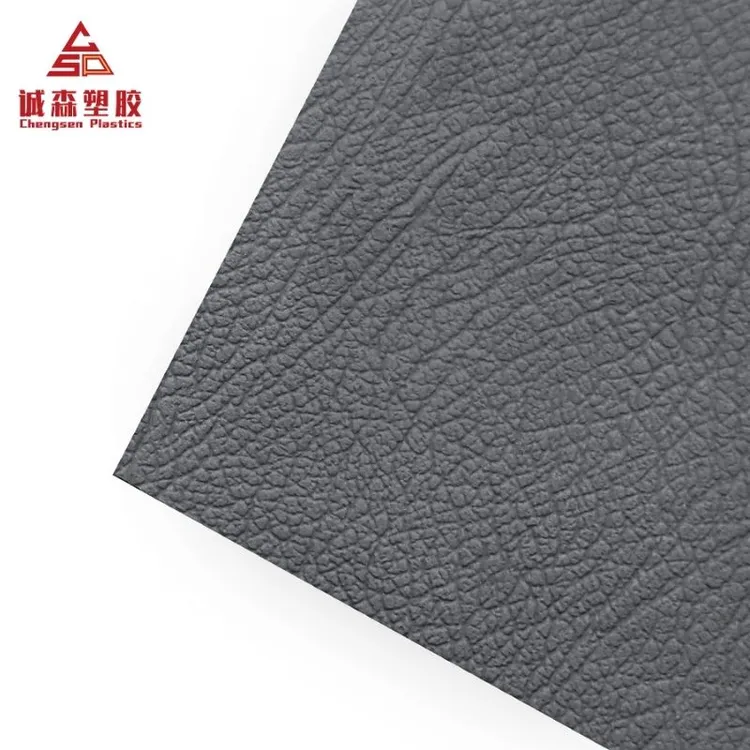
Illustrative image related to artificial leather sheet
Strategic Material Selection Guide for artificial leather sheet
What Are the Key Materials Used in Artificial Leather Sheets?
Artificial leather sheets are made from various synthetic materials, each offering distinct properties and advantages for different applications. Below, we analyze four common materials used in the production of artificial leather sheets, focusing on their key properties, pros and cons, and considerations for international B2B buyers.
1. Polyurethane (PU) Leather
Key Properties:
PU leather is known for its soft texture and flexibility, making it ideal for various applications including upholstery and fashion items. It has good abrasion resistance and can withstand moderate temperatures, typically up to 80°C, without degrading.
Pros & Cons:
The primary advantage of PU leather is its aesthetic appeal, closely resembling genuine leather. It is also lightweight and easy to clean. However, it can be less durable than other synthetic options and may not perform well in extreme conditions, such as high humidity or prolonged exposure to sunlight.
Impact on Application:
PU leather is suitable for indoor applications such as furniture and clothing. However, its limited weather resistance may restrict its use in outdoor environments.
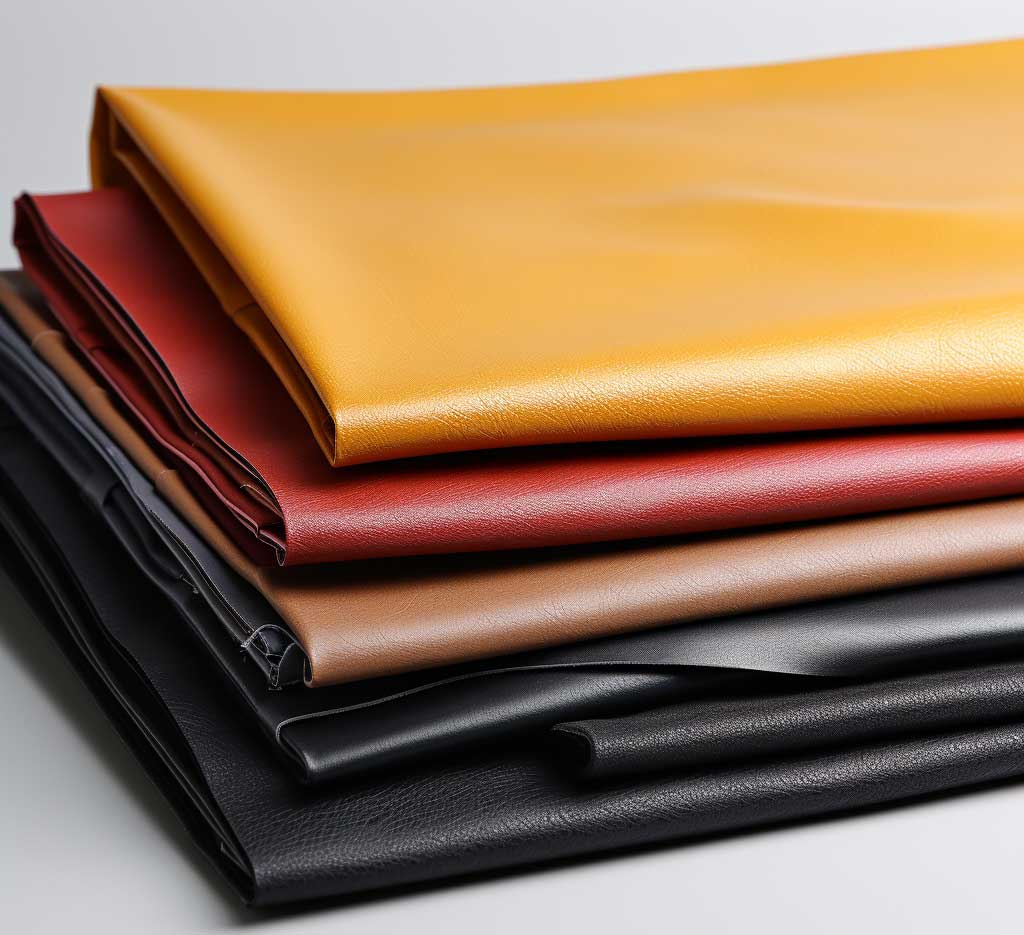
Illustrative image related to artificial leather sheet
Considerations for International Buyers:
Buyers should ensure compliance with standards such as ASTM D751 for physical properties. In regions like Europe, adherence to REACH regulations regarding chemical safety is crucial.
2. Polyvinyl Chloride (PVC) Leather
Key Properties:
PVC leather is highly durable and resistant to water, making it ideal for both indoor and outdoor applications. It can withstand temperatures up to 70°C and offers excellent chemical resistance.
Pros & Cons:
One of the main advantages of PVC leather is its cost-effectiveness, making it a popular choice for bulk purchases. It is also easy to clean and maintain. However, it can be less breathable than PU leather, which may lead to discomfort in clothing applications.
Impact on Application:
PVC is often used in automotive interiors, outdoor furniture, and protective clothing due to its durability and weather resistance.
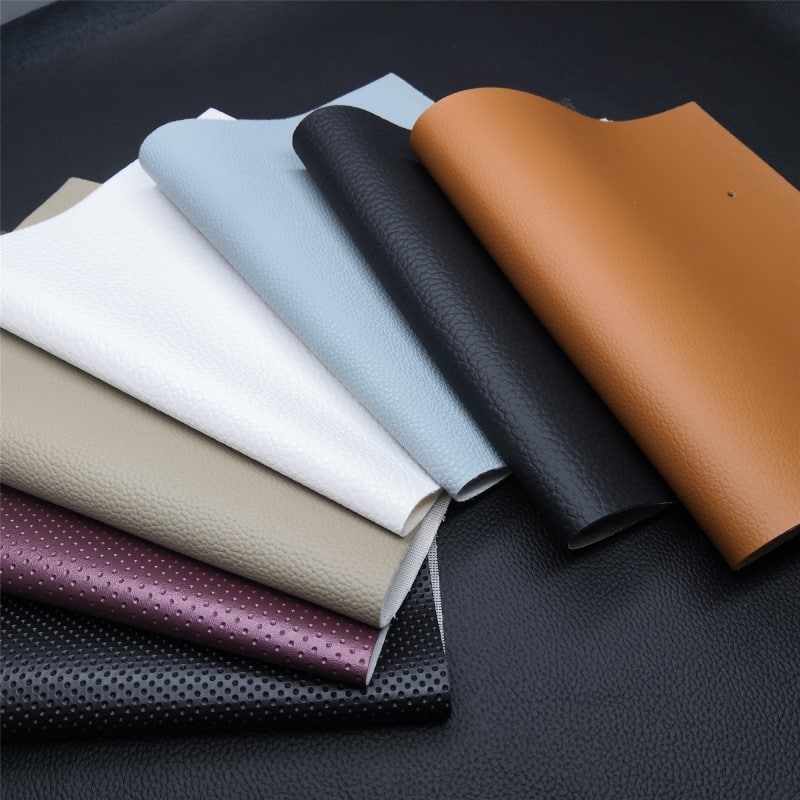
Illustrative image related to artificial leather sheet
Considerations for International Buyers:
Buyers should be aware of the varying regulations regarding PVC use, especially in Europe, where restrictions on phthalates are enforced. Compliance with EN 71-3 for safety in toys is also essential for products targeting the children’s market.
3. Thermoplastic Polyurethane (TPU)
Key Properties:
TPU is a versatile material known for its elasticity, transparency, and resistance to oil and grease. It can perform well in temperatures ranging from -30°C to 80°C, making it suitable for various environments.
Pros & Cons:
The key advantage of TPU leather is its superior durability and flexibility, which allows it to be used in high-stress applications. However, it is generally more expensive than both PU and PVC leathers, which may deter cost-sensitive buyers.
Impact on Application:
TPU is ideal for applications requiring high wear resistance, such as sports gear and high-end fashion items. Its chemical resistance also makes it suitable for industrial applications.
Considerations for International Buyers:
Compliance with international standards such as ISO 9001 for quality management systems is crucial for ensuring product reliability. Buyers should also consider the environmental impact of TPU production and seek suppliers who adhere to sustainable practices.
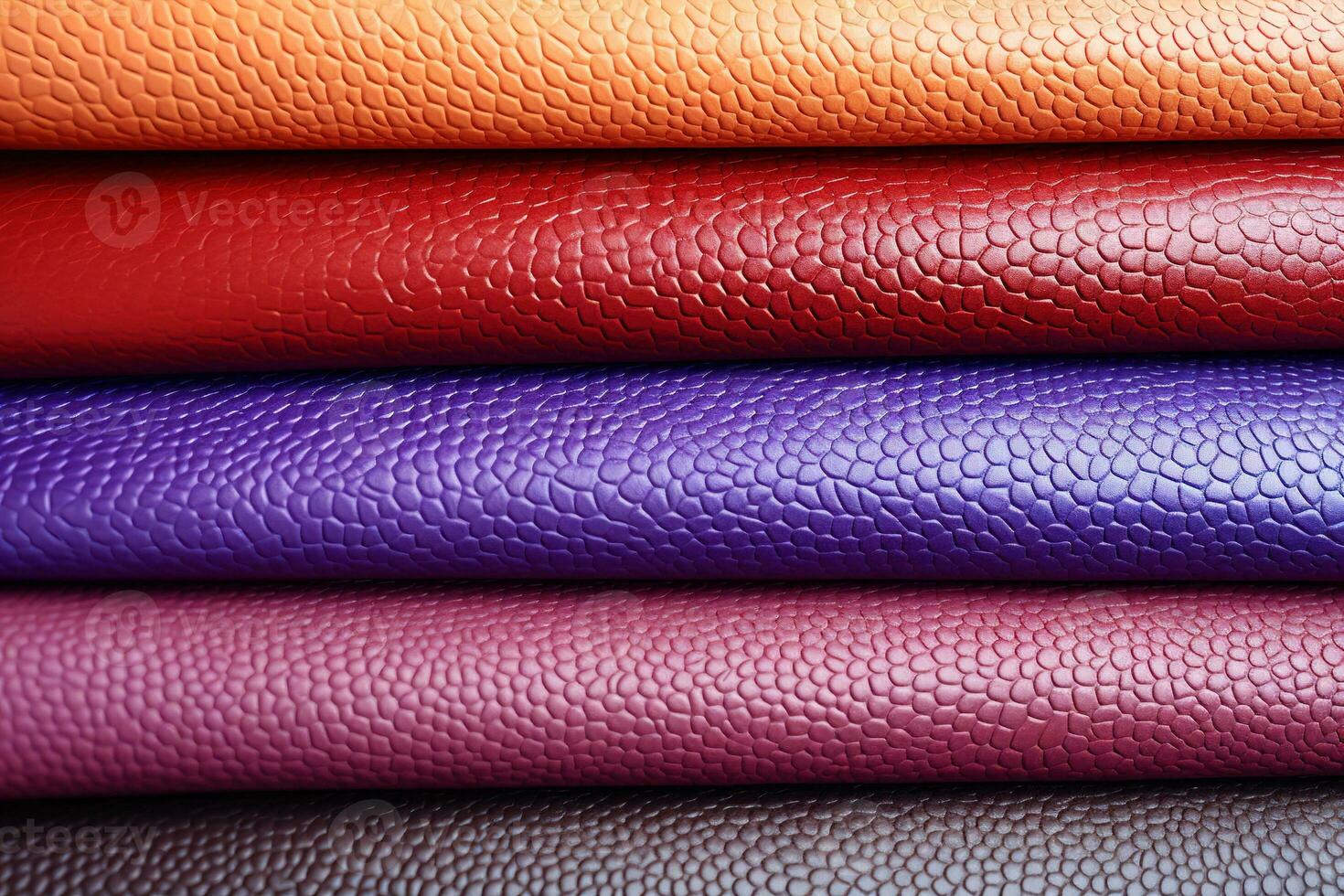
Illustrative image related to artificial leather sheet
4. Recycled Leather
Key Properties:
Recycled leather is made from leftover leather scraps and synthetic materials, offering a more sustainable option. Its properties can vary widely based on the composition but generally provides a unique texture and appearance.
Pros & Cons:
The primary advantage of recycled leather is its environmental benefits, appealing to eco-conscious buyers. However, its variability in quality can pose challenges in maintaining consistency across products.
Impact on Application:
Recycled leather is often used in fashion accessories, upholstery, and eco-friendly products. However, its durability may not match that of virgin materials, limiting its use in high-wear applications.
Considerations for International Buyers:
Buyers should verify the recycling processes and certifications to ensure compliance with environmental regulations. In markets like Germany, adherence to the Circular Economy Act is essential.
Summary Table of Material Selection
| المواد | Typical Use Case for artificial leather sheet | Key Advantage | Key Disadvantage/Limitation | Relative Cost (Low/Med/High) |
|---|---|---|---|---|
| Polyurethane (PU) Leather | Upholstery, fashion items | Soft texture and aesthetic appeal | Less durable in extreme conditions | Medium |
| Polyvinyl Chloride (PVC) Leather | Automotive interiors, outdoor furniture | Cost-effective and water-resistant | Less breathable than PU | منخفضة |
| Thermoplastic Polyurethane (TPU) | Sports gear, high-end fashion items | Superior durability and flexibility | Higher cost compared to PU and PVC | عالية |
| Recycled Leather | Fashion accessories, eco-friendly products | Environmentally friendly | Variability in quality | Medium |
This strategic material selection guide provides B2B buyers with essential insights into the properties and applications of various artificial leather materials, aiding in informed decision-making tailored to their specific market needs.
In-depth Look: Manufacturing Processes and Quality Assurance for artificial leather sheet
What Are the Main Stages of Manufacturing Artificial Leather Sheets?
Manufacturing artificial leather sheets involves several critical stages that ensure the final product meets market demands for quality, durability, and aesthetics. The primary stages include material preparation, forming, assembly, and finishing.
Material Preparation
The process begins with the selection and preparation of raw materials. The primary materials used in artificial leather production are polyurethane (PU) or polyvinyl chloride (PVC). These synthetic polymers are chosen for their durability and versatility. During this stage, the raw materials are sourced, tested for quality, and processed into usable forms.
Manufacturers often employ advanced techniques such as foaming or laminating to enhance the properties of these materials. For instance, foaming can create a softer, more flexible texture, while laminating can improve water resistance and durability. Understanding the specific requirements of your target market is crucial at this stage, as different applications may require different material properties.
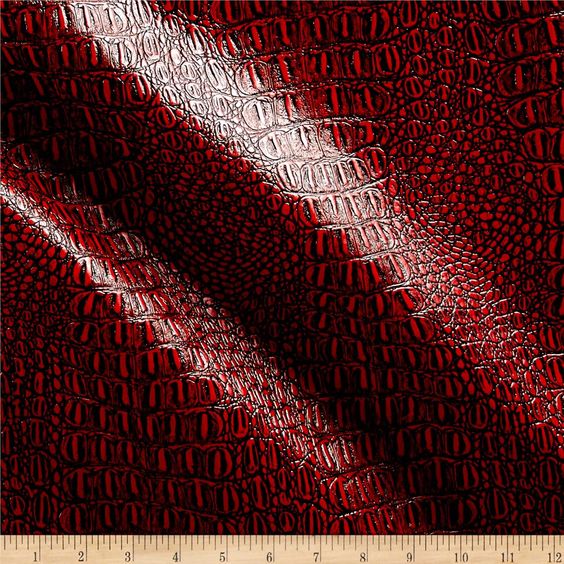
Illustrative image related to artificial leather sheet
How Is Artificial Leather Formed?
The forming stage involves shaping the prepared materials into sheets. This is typically achieved through a combination of extrusion and calendaring processes. In extrusion, the polymer is heated and forced through a die to create a flat sheet. Calendaring follows, where the sheet is passed through rollers to achieve the desired thickness and texture.
Different textures can be achieved during this process. For example, embossing techniques can replicate the look of genuine leather, while also providing unique patterns that enhance the product’s visual appeal. B2B buyers should consider how these textures align with their branding and product positioning.
What Are the Key Techniques Used in Finishing Artificial Leather Sheets?
Finishing is the final stage in the manufacturing process, and it plays a significant role in determining the quality and appeal of artificial leather sheets. This stage typically includes dyeing, coating, and quality inspections.
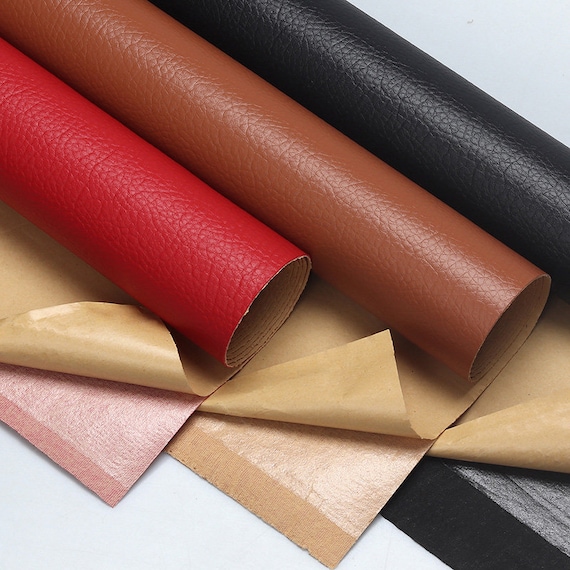
Illustrative image related to artificial leather sheet
Dyeing processes allow manufacturers to produce a wide array of colors, catering to various customer preferences. Coating techniques, such as applying a protective layer, improve the material’s resistance to wear and tear, UV exposure, and moisture. Additionally, this stage often incorporates treatments to enhance the feel and look of the final product.
B2B buyers should inquire about the finishing techniques used by suppliers to ensure they meet their specific needs, such as eco-friendliness or compliance with industry standards.
What Quality Assurance Standards Are Relevant for Artificial Leather Sheets?
Quality assurance is paramount in the artificial leather manufacturing process. Compliance with international standards such as ISO 9001 helps ensure that products meet consistent quality benchmarks. This standard focuses on various aspects of quality management systems, including process efficiency, customer satisfaction, and continual improvement.
In addition to ISO standards, industry-specific certifications such as CE (Conformité Européenne) for products sold in Europe or API (American Petroleum Institute) standards for specific applications may apply. These certifications can reassure B2B buyers of the reliability and safety of the products they purchase.
What Are the QC Checkpoints in the Manufacturing Process?
Quality Control (QC) checkpoints are integrated throughout the manufacturing process to maintain product integrity. Key checkpoints include:
-
Incoming Quality Control (IQC): This initial stage involves inspecting raw materials before production begins. Suppliers should provide documentation proving the quality and compliance of their materials.
-
In-Process Quality Control (IPQC): During manufacturing, regular inspections ensure that each stage meets predefined quality criteria. This includes monitoring parameters such as thickness, texture, and color consistency.
-
Final Quality Control (FQC): Once production is complete, the finished artificial leather sheets undergo rigorous testing for defects, durability, and compliance with specifications.
B2B buyers should seek to understand the QC processes employed by suppliers, as this can significantly impact the reliability of the products.
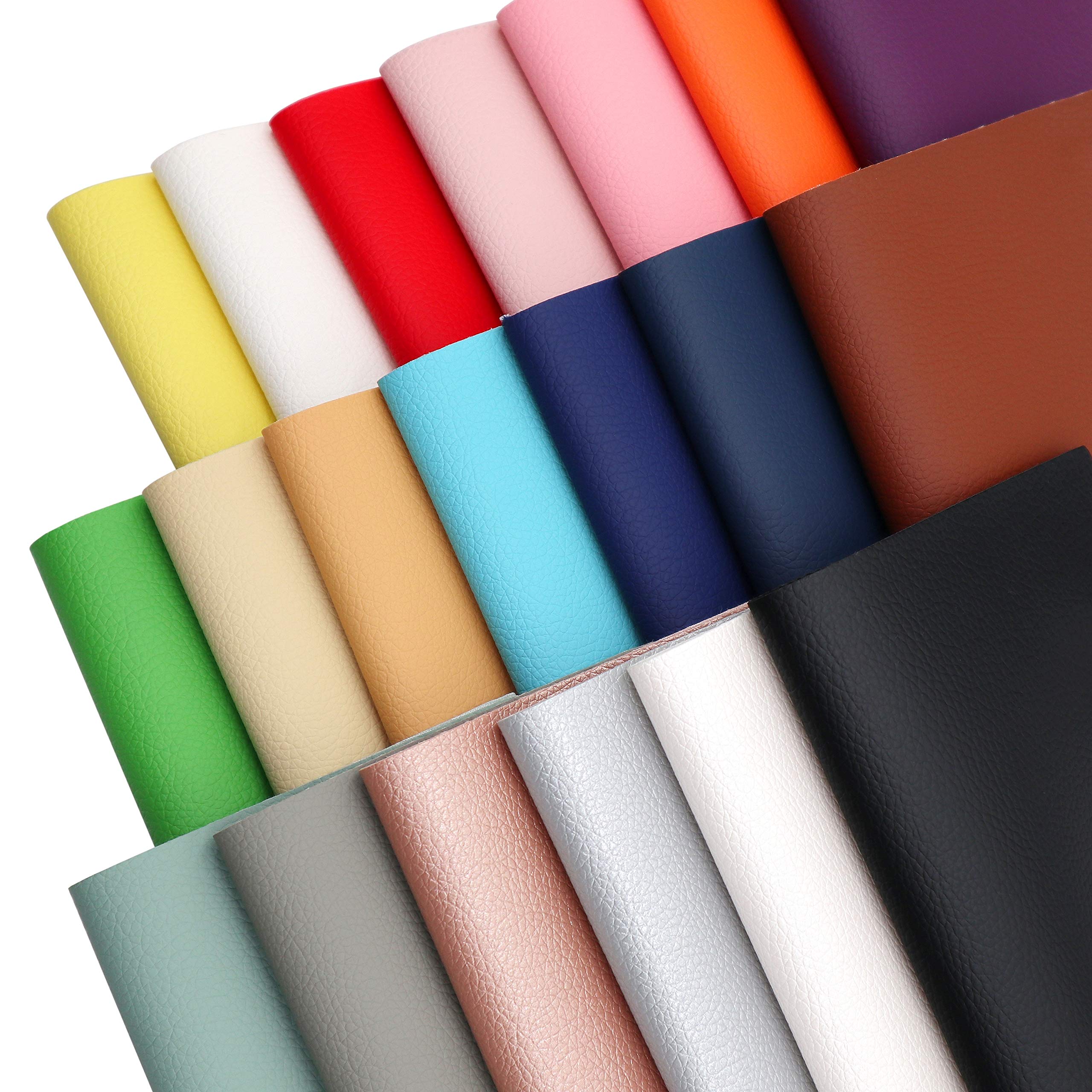
Illustrative image related to artificial leather sheet
How Can B2B Buyers Verify Supplier Quality Control?
To ensure that suppliers adhere to robust quality control practices, B2B buyers should consider several verification methods:
-
Supplier Audits: Conducting on-site audits allows buyers to assess manufacturing capabilities, quality control processes, and compliance with standards firsthand.
-
Quality Reports: Requesting detailed quality reports can provide insights into the supplier’s performance metrics, including defect rates and compliance with industry standards.
-
Third-Party Inspections: Engaging independent third-party inspection services can offer an unbiased evaluation of the quality of goods before shipment. This is particularly important for buyers from regions like Africa and South America, where local quality assurance may vary.
-
Certifications: Confirming that suppliers hold relevant certifications can provide additional assurance regarding their commitment to quality.
What QC and Certification Nuances Should International Buyers Consider?
When engaging with international suppliers, particularly from diverse regions such as Africa, South America, the Middle East, and Europe, buyers should be aware of several nuances:
-
Cultural Differences: Understanding local business practices and cultural norms can facilitate smoother communication and negotiations.
-
Regulatory Compliance: Different regions may have varying regulations regarding product safety and environmental impact. Buyers should ensure that their suppliers comply with local laws and international standards.
-
Logistics and Shipping: Quality control does not end at production; logistics play a critical role in maintaining product quality during transport. Buyers should inquire about packaging and shipping methods to minimize damage.
By focusing on these aspects of manufacturing processes and quality assurance, B2B buyers can make informed decisions when sourcing artificial leather sheets, ensuring they receive products that meet their specific needs and standards.
Practical Sourcing Guide: A Step-by-Step Checklist for ‘artificial leather sheet’
When sourcing artificial leather sheets, it’s essential to follow a structured approach to ensure quality, compliance, and suitability for your business needs. This checklist serves as a guide to streamline your procurement process, helping you make informed decisions and establish long-term supplier relationships.
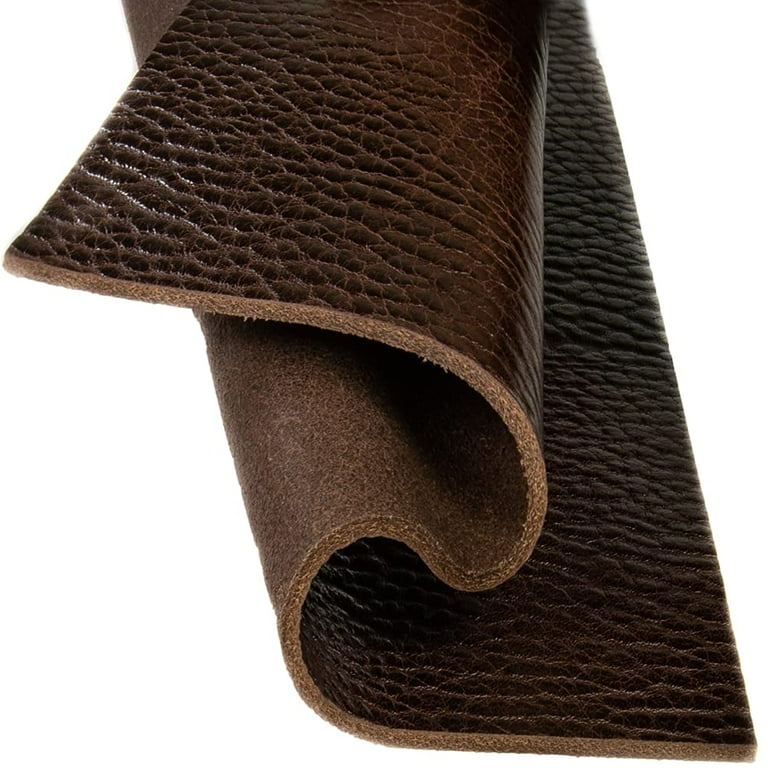
Illustrative image related to artificial leather sheet
Step 1: Define Your Technical Specifications
Clearly outline the specifications required for your artificial leather sheets. This includes the type of faux leather (e.g., PU, PVC), thickness, texture, and intended application (e.g., upholstery, fashion accessories). Defining these parameters upfront helps narrow your search to suppliers who can meet your exact needs, saving time and minimizing the risk of receiving unsuitable products.
- Consider durability: Determine how the material should perform under stress, such as resistance to tearing or fading.
- Assess environmental factors: If your products will be used outdoors, consider waterproof or UV-resistant options.
Step 2: Research Potential Suppliers
Conduct thorough research on potential suppliers to assess their reliability and reputation. Utilize online platforms, trade directories, and industry forums to gather information about suppliers. Look for companies with a proven track record in delivering quality faux leather products.
- Check reviews and ratings: Customer feedback can provide insights into the supplier’s product quality and service reliability.
- Evaluate product range: A supplier with a diverse selection can offer flexibility for future projects.
Step 3: Request Samples
Before making bulk purchases, always request samples of the artificial leather sheets. This allows you to evaluate the quality, texture, and appearance of the material firsthand. A sample can also help you confirm that the product aligns with your specifications.
- Inspect for defects: Look for any inconsistencies in texture or color that may affect the final product.
- Test usability: Consider how the material behaves during cutting, sewing, or other manufacturing processes.
Step 4: Verify Certifications and Compliance
Ensure that your chosen suppliers comply with relevant industry standards and certifications. This is especially crucial if you plan to export products to regions with strict regulations, such as the EU.
- Look for eco-friendly certifications: Many buyers prefer suppliers who offer sustainable materials, which can enhance your product’s market appeal.
- Check compliance with safety standards: Ensure that the materials are free from harmful substances and meet safety regulations.
Step 5: Negotiate Pricing and Terms
Engage in negotiations to secure favorable pricing and terms. Understanding the market rates for artificial leather sheets can empower you during discussions. Aim for a balance between cost-effectiveness and quality.
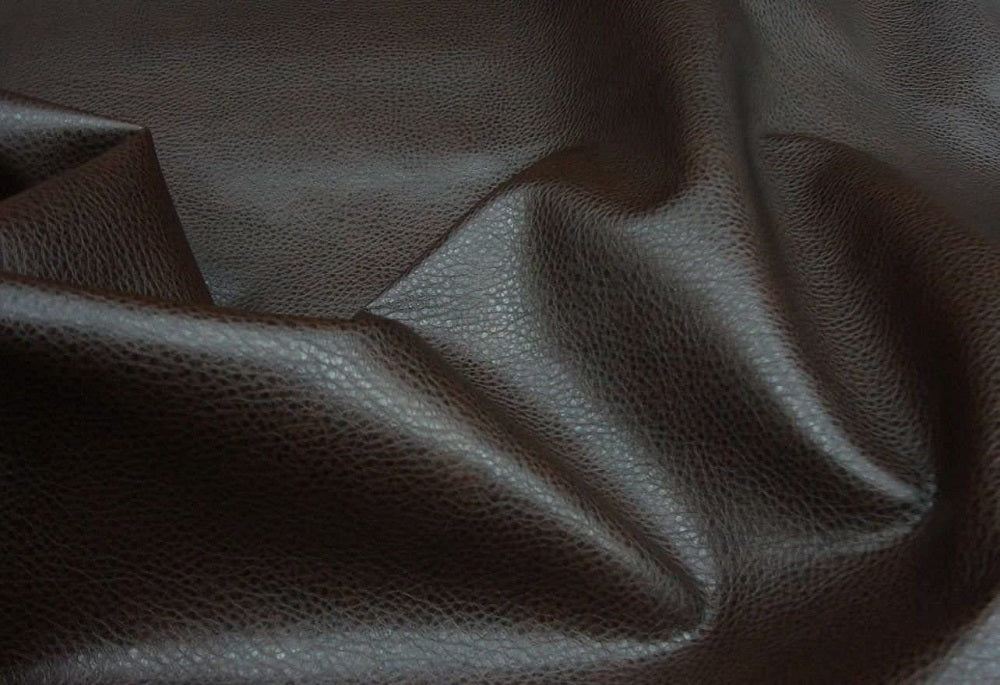
Illustrative image related to artificial leather sheet
- Discuss bulk discounts: Many suppliers offer lower rates for larger orders, which can significantly impact your overall cost.
- Clarify payment terms: Establish clear payment schedules and conditions to avoid misunderstandings later.
Step 6: Establish a Trial Order
Before committing to a long-term contract, place a trial order with your selected supplier. This trial run enables you to assess the supplier’s consistency in quality and delivery timelines.
- Monitor performance: Evaluate how well the supplier meets your expectations during this initial phase.
- Be open to feedback: Use this opportunity to provide constructive feedback that can help improve future orders.
Step 7: Maintain Supplier Relationships
After successful procurement, focus on building and maintaining relationships with your suppliers. Strong partnerships can lead to better pricing, priority service, and access to new products.
- Communicate regularly: Keep an open line of communication to address any issues promptly.
- Evaluate performance periodically: Regular assessments can ensure that the supplier continues to meet your evolving needs.
By following this checklist, B2B buyers can navigate the complexities of sourcing artificial leather sheets effectively, ensuring that they secure high-quality materials that meet their operational requirements.
Comprehensive Cost and Pricing Analysis for artificial leather sheet Sourcing
When considering the sourcing of artificial leather sheets, understanding the comprehensive cost structure and pricing dynamics is crucial for international B2B buyers. This analysis delves into the various components that contribute to the pricing of artificial leather sheets and offers actionable insights for effective procurement.
What Are the Key Cost Components in Artificial Leather Sheet Sourcing?
The cost structure for artificial leather sheets is multifaceted, comprising several key components:
-
Materials: The primary cost driver is the raw materials used in production, such as polyurethane (PU) or polyvinyl chloride (PVC). Prices can vary based on the quality and sourcing of these materials. High-quality, eco-friendly options often come at a premium.
-
Labor: Labor costs encompass wages for skilled workers involved in the manufacturing process, including cutting, stitching, and finishing the sheets. Labor rates can fluctuate significantly depending on the country of production, impacting the overall cost.
-
Manufacturing Overhead: This includes costs associated with factory operations such as utilities, equipment maintenance, and administrative expenses. Efficient production processes can help in minimizing these overheads.
-
Tooling: Tooling costs refer to the expenses related to the molds and machinery required for creating specific designs or textures in artificial leather sheets. Custom tooling can significantly increase initial costs but may be justified by higher quality and differentiation in the market.
-
Quality Control (QC): Ensuring that the artificial leather meets specific standards requires investment in quality control measures. This could include testing for durability, colorfastness, and compliance with safety certifications.
-
Logistics: Transportation and warehousing costs play a critical role, particularly for international shipments. Factors such as shipping distance, mode of transport, and customs duties can greatly influence overall pricing.
-
Margin: Finally, suppliers add a margin to cover their expenses and profit. This margin can vary based on market conditions and competitive pressures.
How Do Various Factors Influence Pricing for Artificial Leather Sheets?
Pricing for artificial leather sheets is influenced by several factors that buyers should consider:
-
Volume/MOQ: Minimum order quantities (MOQ) can significantly affect pricing. Larger orders often lead to discounts, while smaller quantities may incur higher per-unit costs.
-
Specifications and Customization: Custom designs, textures, and colors can lead to increased costs. Buyers should clearly define their requirements to avoid unexpected charges.
-
Material Quality and Certifications: Higher-quality materials or those with certifications (e.g., eco-friendly or hypoallergenic) typically command higher prices. Buyers should evaluate the long-term benefits of investing in quality.
-
Supplier Factors: The reputation and reliability of suppliers can influence pricing. Established suppliers with proven track records may charge more but offer better quality assurance and service.
-
Incoterms: Understanding Incoterms is essential for international buyers. They define responsibilities for shipping costs, insurance, and tariffs, which can significantly impact the total cost of ownership.
What Tips Can Help Buyers Optimize Their Sourcing Strategy?
-
Negotiate Wisely: Leverage your purchasing power by negotiating terms and prices, especially for larger orders. Establishing long-term relationships with suppliers can also lead to better pricing.
-
Focus on Cost-Efficiency: Evaluate the total cost of ownership rather than just the upfront price. Consider factors such as durability, maintenance costs, and potential for waste reduction.
-
Understand Pricing Nuances: Different regions may have varying pricing structures due to local economic conditions, tariffs, and supply chain dynamics. Buyers from Africa, South America, the Middle East, and Europe should conduct thorough market research to understand these nuances.
-
Evaluate Supplier Reliability: Prioritize suppliers who offer transparency in their pricing and production processes. Conducting due diligence can help mitigate risks associated with quality and delivery.
الخاتمة
Sourcing artificial leather sheets involves navigating a complex landscape of costs and pricing dynamics. By understanding the key components of pricing and considering various influencing factors, international B2B buyers can make informed decisions that enhance their procurement strategies. Always remember to approach negotiations with a clear understanding of your needs and market conditions to achieve the best possible outcomes.
Alternatives Analysis: Comparing artificial leather sheet With Other Solutions
When considering materials for upholstery, fashion, or other applications, it’s essential to evaluate alternatives to artificial leather sheets. This section explores viable options, helping B2B buyers make informed decisions based on specific needs and preferences.
| Comparison Aspect | Artificial Leather Sheet | PVC Vinyl Fabric | Genuine Leather |
|---|---|---|---|
| Performance | Durable, flexible, and water-resistant; mimics leather aesthetics well. | High durability and waterproof; ideal for various environments. | Exceptional durability and breathability; ages well over time. |
| Cost | Generally affordable; prices vary based on texture and finish. | Often lower-cost alternative; ranges widely based on quality. | Higher initial investment; long-term value can justify cost. |
| Ease of Implementation | Lightweight and easy to cut; suitable for various applications. | Simple to work with; available in sheets and rolls for easy handling. | Requires skilled labor for cutting and sewing; more complex to implement. |
| Maintenance | Easy to clean with mild soap and water; resistant to stains. | Low maintenance; typically wipeable and resistant to tearing. | Requires conditioning and special cleaners; can stain easily if not maintained. |
| Best Use Case | Ideal for fashion accessories, home decor, and upholstery where cost is a factor. | Best for outdoor furniture, car upholstery, and environments needing durability. | Excellent for high-end products, luxury items, and applications where longevity is paramount. |
What are the Key Advantages and Disadvantages of PVC Vinyl Fabric Compared to Artificial Leather Sheets?
PVC Vinyl Fabric is a popular alternative due to its affordability and versatility. It is highly durable and waterproof, making it ideal for outdoor use and settings where moisture resistance is crucial. The ease of cleaning and maintenance makes it appealing for busy environments, such as restaurants or family homes. However, PVC lacks the breathability of natural materials, which can lead to discomfort in certain applications, particularly in clothing.
How Does Genuine Leather Stack Up Against Artificial Leather Sheets?
Genuine leather is renowned for its durability and unique aging properties. It provides an unparalleled tactile experience and breathability, making it a favorite for luxury goods. Although it offers long-term value, the initial cost can be significantly higher than artificial alternatives. Additionally, genuine leather requires more care, as it can stain and requires specific cleaning products. This makes it less ideal for high-traffic or outdoor environments compared to artificial leather sheets.
How Can B2B Buyers Decide on the Right Material for Their Needs?
When selecting between artificial leather sheets and alternatives like PVC vinyl or genuine leather, B2B buyers should consider several factors. Assess the intended use of the material—whether for apparel, upholstery, or accessories—and weigh the importance of cost, durability, and maintenance. For projects requiring high durability and water resistance, PVC may be the best choice. Conversely, for luxury applications, genuine leather could provide superior value. Ultimately, the right decision hinges on aligning material properties with the specific requirements of the project at hand. By carefully evaluating these aspects, buyers can make informed choices that enhance their product offerings while staying within budget constraints.
Essential Technical Properties and Trade Terminology for artificial leather sheet
What Are the Key Technical Properties of Artificial Leather Sheets?
Understanding the technical specifications of artificial leather sheets is crucial for B2B buyers seeking quality materials for various applications, such as upholstery, fashion, and automotive interiors. Here are several critical properties that influence purchasing decisions:
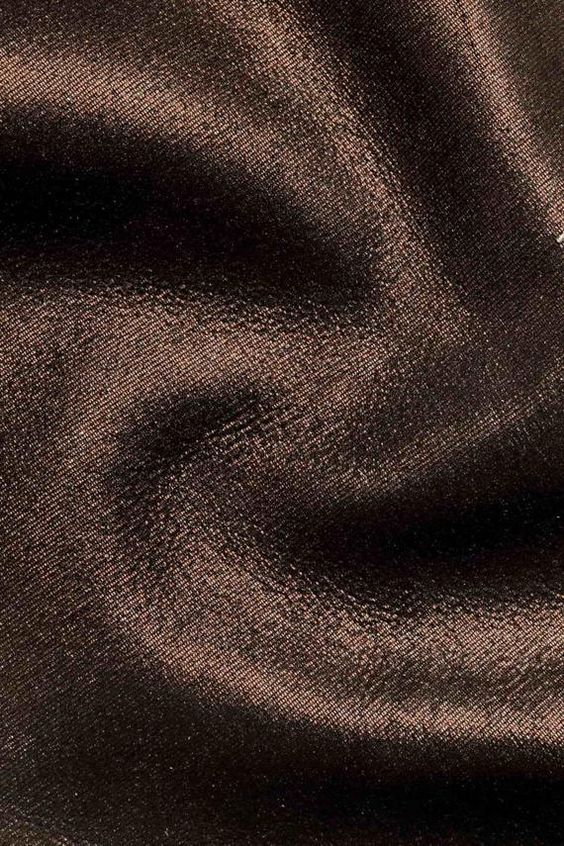
Illustrative image related to artificial leather sheet
-
Material Composition
Artificial leather sheets are commonly made from polyvinyl chloride (PVC) or polyurethane (PU). PU leather is generally regarded as superior due to its softness, breathability, and eco-friendliness compared to PVC. B2B buyers should consider the material grade based on the intended use—higher-grade materials often command a premium but deliver better performance. -
Thickness
The thickness of artificial leather sheets is typically measured in millimeters (mm). Standard thickness ranges from 0.5 mm to 3 mm. Thicker materials are often more durable and suitable for heavy-duty applications, while thinner sheets may be preferred for lightweight, flexible uses. Understanding thickness is essential for ensuring that the material meets project specifications. -
Tensile Strength
This property indicates the material’s resistance to being pulled apart. Measured in pounds per square inch (PSI), higher tensile strength values signify stronger materials capable of withstanding stress without tearing. This is particularly important for applications where the material will undergo significant wear and tear, such as in automotive seats or heavy-use upholstery. -
Water Resistance
Artificial leather sheets often possess water-resistant qualities, making them suitable for both indoor and outdoor applications. B2B buyers should inquire about the specific water resistance ratings, as these can vary between products. Water-resistant materials are easier to maintain and can extend the life of the end product. -
Flame Retardancy
Some artificial leather sheets are treated to be flame retardant, which is vital in industries like automotive and aerospace where safety regulations are stringent. This property can be an essential selling point, as it enhances the safety profile of the final products. -
Color Fastness
This refers to the material’s ability to retain color when exposed to light, washing, or abrasion. High color fastness ratings are important for maintaining the aesthetic appeal of finished products, especially in fashion and home decor applications. Buyers should look for materials that meet industry standards for color retention.
What Are Common Trade Terms Used in the Artificial Leather Industry?
Familiarity with industry jargon can facilitate smoother transactions and negotiations. Here are several terms commonly encountered in the artificial leather sector:
-
OEM (Original Equipment Manufacturer)
This term refers to companies that produce products that are marketed under another company’s brand. In the artificial leather industry, OEM relationships often dictate material specifications and quality standards, making it crucial for buyers to understand these dynamics. -
MOQ (Minimum Order Quantity)
MOQ represents the smallest quantity of a product that a supplier is willing to sell. For artificial leather sheets, MOQs can vary significantly based on the supplier and the type of material. Understanding MOQs helps buyers plan their inventory and avoid over-commitment. -
RFQ (Request for Quotation)
An RFQ is a formal request sent to suppliers to obtain pricing and terms for specific products. B2B buyers should prepare detailed RFQs that specify material properties, dimensions, and delivery timelines to ensure accurate quotations. -
Incoterms
Short for International Commercial Terms, Incoterms define the responsibilities of buyers and sellers in international trade. Familiarity with terms like FOB (Free on Board) and CIF (Cost, Insurance, and Freight) is crucial for understanding shipping costs and liabilities. -
Lead Time
This term refers to the time it takes from placing an order to receiving the goods. Understanding lead times is essential for effective project management and inventory planning, especially for businesses with tight deadlines. -
Certifications
Certifications such as ISO (International Organization for Standardization) or compliance with specific environmental standards can enhance a product’s marketability. Buyers should inquire about certifications to ensure that the materials align with their sustainability and quality standards.
By grasping these essential properties and terms, B2B buyers can make informed decisions when sourcing artificial leather sheets, ensuring they meet both quality and regulatory requirements.
Navigating Market Dynamics and Sourcing Trends in the artificial leather sheet Sector
What Are the Current Market Dynamics and Key Trends in the Artificial Leather Sheet Sector?
The artificial leather sheet market is experiencing significant growth, driven by a combination of rising consumer demand for sustainable materials, cost-effectiveness, and technological advancements. International B2B buyers, especially from regions like Africa, South America, the Middle East, and Europe, are increasingly attracted to faux leather due to its affordability compared to genuine leather. This material is not only versatile but also available in a variety of textures and finishes, catering to diverse applications from upholstery to fashion accessories.
Emerging trends in B2B sourcing include the integration of digital platforms for procurement, enabling buyers to access a wider range of products and suppliers. Online marketplaces are streamlining the sourcing process, making it easier for international buyers to compare prices and quality. Additionally, advancements in manufacturing technologies, such as digital printing and eco-friendly production methods, are enhancing product offerings. Buyers should pay attention to suppliers that invest in innovative processes, as this can lead to unique product lines that differentiate them in competitive markets.
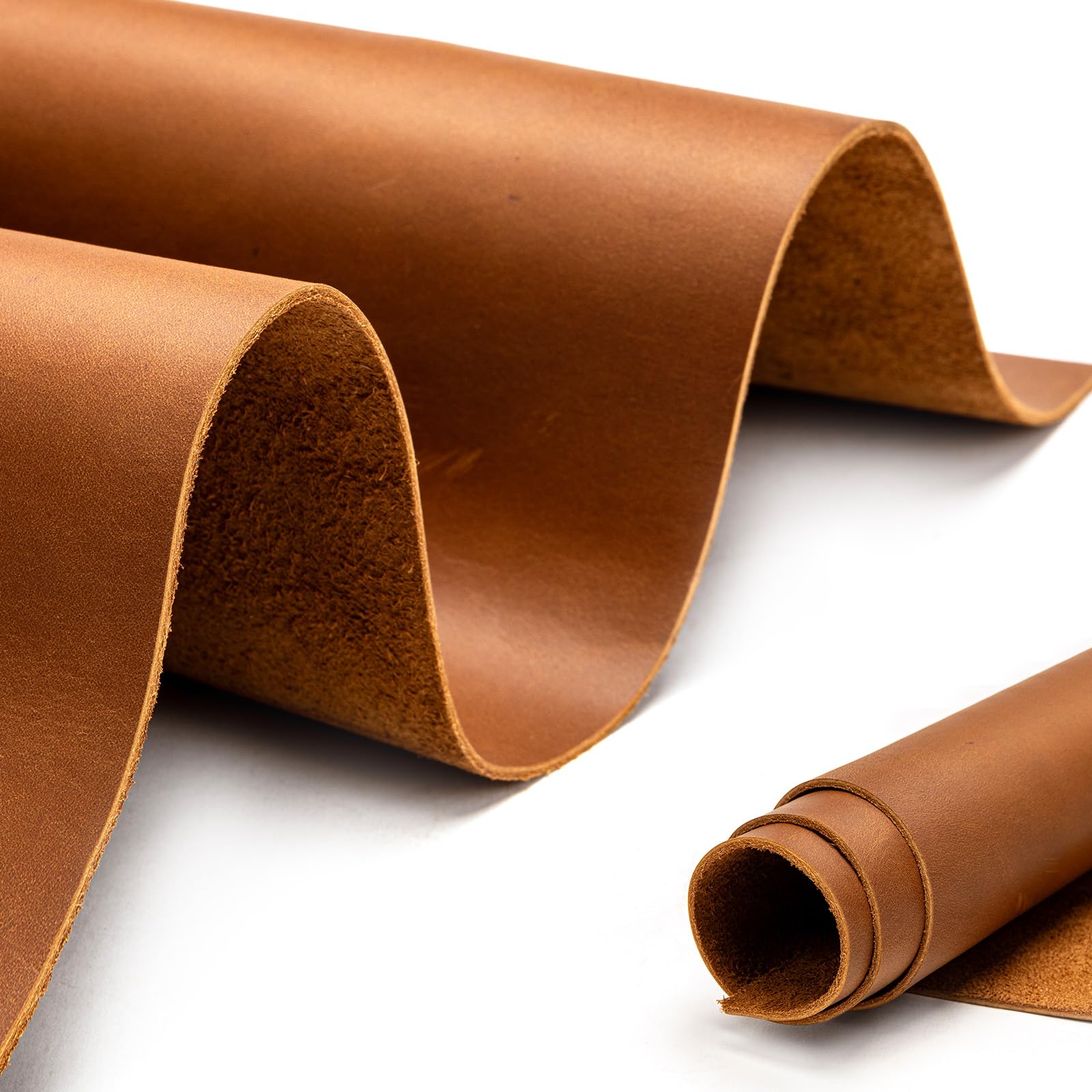
Illustrative image related to artificial leather sheet
Furthermore, the demand for custom solutions is on the rise, with businesses seeking tailored artificial leather sheets that meet specific design and functional requirements. As a result, suppliers that offer flexibility in production, such as small-batch runs and diverse color palettes, will likely gain a competitive edge.
How Important Is Sustainability and Ethical Sourcing in the Artificial Leather Sheet Industry?
Sustainability is becoming a pivotal concern in the artificial leather sheet sector, with increasing scrutiny on environmental impacts and supply chain ethics. For B2B buyers, the importance of sourcing materials from suppliers who prioritize eco-friendly practices cannot be overstated. The production of traditional leather has significant environmental consequences, including land degradation and high water usage. In contrast, artificial leather often utilizes recycled materials and less harmful chemicals, making it a more sustainable alternative.
Buyers should actively seek suppliers who demonstrate commitment to sustainability through certifications such as OEKO-TEX, GRS (Global Recycled Standard), and other eco-labels that indicate responsible sourcing and production practices. Moreover, the demand for vegan materials is rising, aligning with the global trend towards cruelty-free products. This shift not only caters to consumer preferences but also enhances brand reputation in the marketplace.
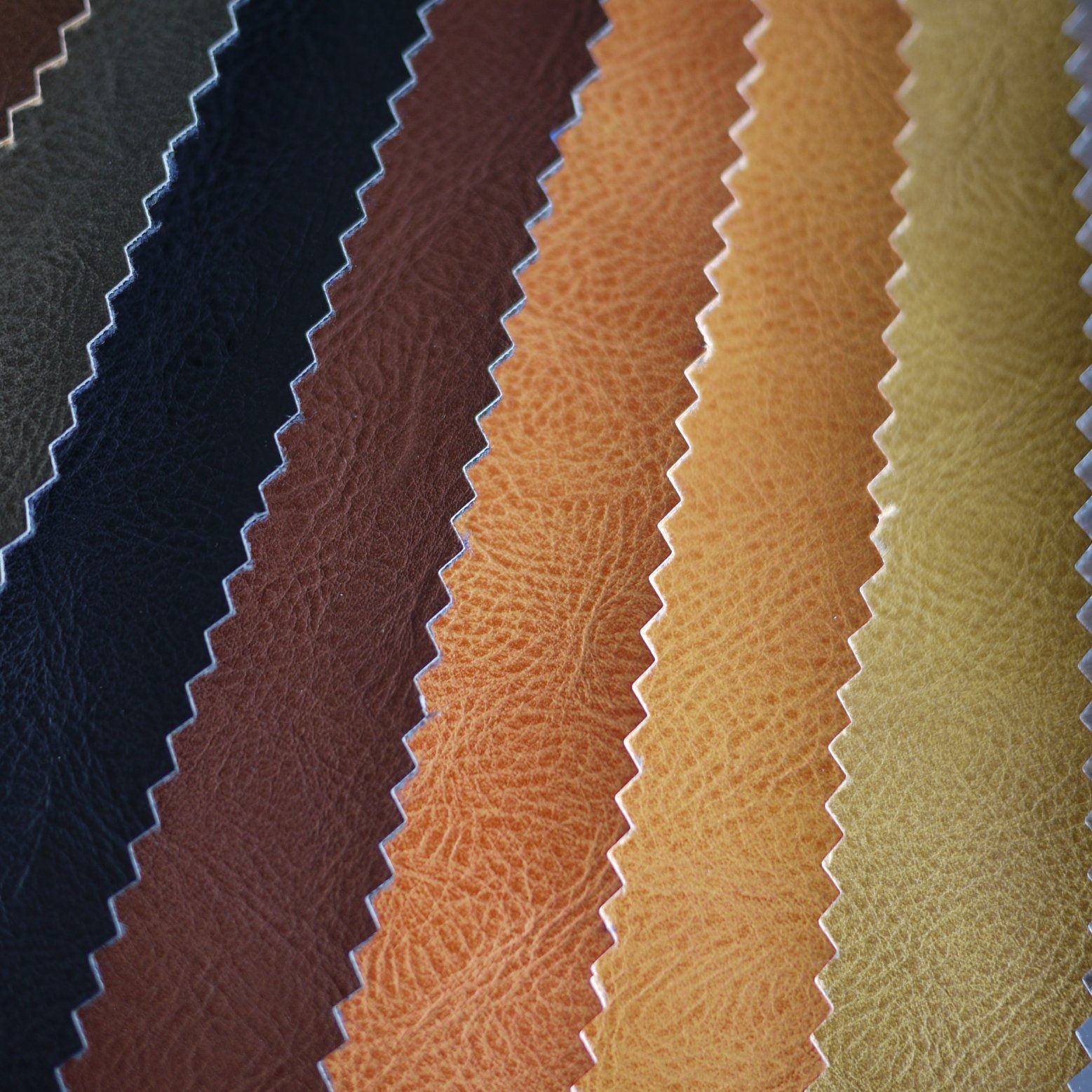
Illustrative image related to artificial leather sheet
Ethical sourcing is equally vital; suppliers should maintain transparency in their supply chains, ensuring that labor practices are fair and that workers are treated with respect. By prioritizing ethical suppliers, B2B buyers can mitigate risks associated with supply chain disruptions and reputational damage, further reinforcing their commitment to sustainability.
What Is the Brief Evolution of the Artificial Leather Sheet Market?
The evolution of artificial leather sheets has been marked by technological innovations and changing consumer preferences. Initially developed in the early 20th century as a substitute for genuine leather, advancements in polymer technology in the latter half of the century led to significant improvements in quality and versatility. Early products, often limited in texture and durability, have transformed into high-quality alternatives that mimic the look and feel of real leather.
Over the past two decades, the artificial leather market has seen a shift towards sustainability, with manufacturers exploring eco-friendly materials and production processes. As consumer awareness about environmental issues has grown, so has the demand for sustainable alternatives. Today, artificial leather sheets are not only a cost-effective solution but also an ethical choice, reflecting a broader trend in the textile industry towards responsible sourcing and production.
This transformation positions artificial leather sheets favorably in the global market, appealing to a diverse range of industries, from automotive to fashion, and ensuring their relevance in the competitive landscape.
Frequently Asked Questions (FAQs) for B2B Buyers of artificial leather sheet
-
How do I choose the right artificial leather sheet for my project?
Selecting the appropriate artificial leather sheet depends on the intended application, such as upholstery, apparel, or accessories. Consider factors like durability, texture, and water resistance. For upholstery, look for materials that are tear-resistant and easy to clean. If your project requires a luxurious appearance, opt for high-quality faux leather with a realistic texture. Always request samples to evaluate the material firsthand before making a bulk order. -
What are the advantages of sourcing artificial leather sheets from international suppliers?
Sourcing artificial leather sheets internationally can provide access to a wider variety of textures, colors, and qualities at competitive prices. Countries like China, India, and Turkey are known for their advanced manufacturing capabilities in synthetic materials. Additionally, international suppliers may offer unique designs that are not available locally. However, consider potential challenges such as longer shipping times and import regulations, which may affect your supply chain. -
What is the typical minimum order quantity (MOQ) for artificial leather sheets?
Minimum order quantities can vary significantly based on the supplier and product type. Generally, MOQs for artificial leather sheets range from 100 to 1,000 yards. Some suppliers may offer lower MOQs for specific products or samples. It is advisable to discuss your requirements with suppliers to negotiate favorable terms, especially if you are a small or new business. -
How can I ensure the quality of artificial leather sheets before purchasing?
To ensure quality, request product samples to assess the texture, thickness, and durability. Verify that the materials meet international standards for safety and environmental impact, such as REACH or RoHS compliance. Additionally, inquire about the supplier’s quality assurance processes, including certifications and testing methods. Reading reviews and seeking references from other buyers can also provide insights into the supplier’s reliability. -
What payment terms should I expect when sourcing artificial leather sheets?
Payment terms can vary widely among suppliers. Common options include a 30% deposit upfront, with the remaining balance due upon shipment or delivery. Some suppliers may offer net payment terms, allowing payment within a specified period after delivery. It’s essential to clarify payment terms upfront to avoid misunderstandings and ensure that they align with your budget and cash flow requirements. -
What logistics considerations should I keep in mind when importing artificial leather sheets?
Logistics play a crucial role in the import process. Consider the shipping method—air freight is faster but more expensive, while sea freight is cost-effective for larger shipments but takes longer. Additionally, be aware of customs regulations and duties in your country, which can impact overall costs. Partnering with a reliable freight forwarder can help streamline the shipping process and ensure timely delivery. -
Can I customize the design or texture of artificial leather sheets?
Many suppliers offer customization options for artificial leather sheets, including specific textures, colors, and prints. Discuss your design requirements with potential suppliers, as some may have minimum order quantities for custom orders. Be prepared to provide detailed specifications and, if possible, visual references to ensure that the final product meets your expectations. -
What are the best practices for maintaining artificial leather sheets?
To maintain artificial leather sheets, clean them regularly with a damp cloth and mild soap to remove dirt and stains. Avoid harsh chemicals that can damage the surface. For long-lasting durability, store sheets in a cool, dry place away from direct sunlight to prevent fading and cracking. Additionally, consider applying a protective spray designed for synthetic materials to enhance resistance against wear and tear.
Top 3 Artificial Leather Sheet Manufacturers & Suppliers List
1. Sallie Tomato – Faux Leather
Domain: sallietomato.com
Registered: 2015 (10 years)
مقدمة: Faux Leather by Sallie Tomato is a vegan material that serves as an alternative to leather or cork fabric, known for its affordability. It is soft, pliable, and available in eight different textures: Weave, Pebble, Legacy, Shimmer, Crocodile, Alligator, Ostrich, and Rugged. Select Faux Leathers are also available in Lite Legacy, an ultra-thin material. The fabric is sold by quarter yard, and there…
2. Hobby Lobby – Imitation Leather Felt Sheet
Domain: hobbylobby.com
Registered: 1995 (30 years)
مقدمة: {‘name’: ‘Imitation Leather Felt Sheet’, ‘sku’: ‘2106656’, ‘original_price’: ‘$1.49’, ‘color’: ‘Black’, ‘length’: ’12″‘, ‘width’: ‘9″‘, ‘description’: ‘Work unique patterns and textures into your crafts using this Imitation Leather Felt Sheet! This printed fabric sheet has a faux leather surface with a solid color. The surface of the sheet is slightly glossy, while the back is soft. Cut it to size…
3. Nevotex – Artificial & Synthetic Leather Solutions
Domain: nevotex.com
Registered: 1999 (26 years)
مقدمة: Artificial & synthetic leather for public environment, furniture: chairs & sofas
Strategic Sourcing Conclusion and Outlook for artificial leather sheet
How Can Strategic Sourcing Enhance Your Artificial Leather Sheet Procurement?
In the evolving landscape of artificial leather sheets, strategic sourcing emerges as a critical component for B2B buyers aiming to optimize cost, quality, and supplier relationships. By leveraging the diverse range of faux leather options—ranging from textures like crocodile and ostrich to waterproof and durable variants—buyers can cater to a wide array of applications, from upholstery to fashion accessories. The competitive pricing of these materials presents an opportunity for businesses to enhance their product offerings while maintaining profitability.
Moreover, sourcing from reliable suppliers across regions such as Africa, South America, the Middle East, and Europe can facilitate access to innovative materials that meet both aesthetic and functional demands. Emphasizing sustainability in procurement can further align your brand with consumer preferences, particularly in markets increasingly favoring eco-friendly products.
As we look to the future, the artificial leather market is poised for growth, driven by trends in sustainability and innovation. Now is the time for international B2B buyers to engage with suppliers, explore new offerings, and establish strategic partnerships that will pave the way for long-term success in this dynamic sector. Embrace the potential of artificial leather sheets and position your business at the forefront of this promising market.
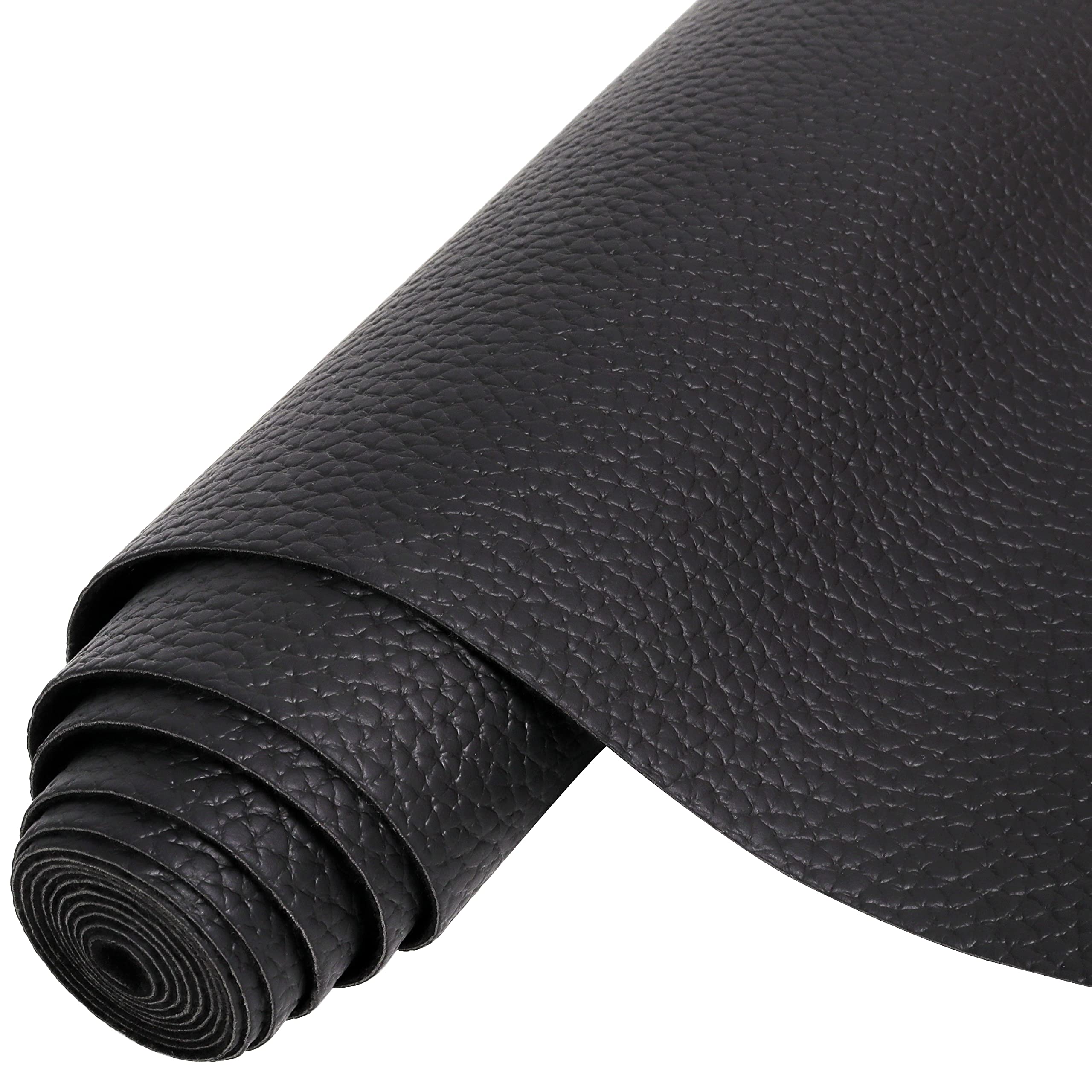
Illustrative image related to artificial leather sheet
Important Disclaimer & Terms of Use
⚠️ Important Disclaimer
The information provided in this guide, including content regarding manufacturers, technical specifications, and market analysis, is for informational and educational purposes only. It does not constitute professional procurement advice, financial advice, or legal advice.
While we have made every effort to ensure the accuracy and timeliness of the information, we are not responsible for any errors, omissions, or outdated information. Market conditions, company details, and technical standards are subject to change.
B2B buyers must conduct their own independent and thorough due diligence before making any purchasing decisions. This includes contacting suppliers directly, verifying certifications, requesting samples, and seeking professional consultation. The risk of relying on any information in this guide is borne solely by the reader.
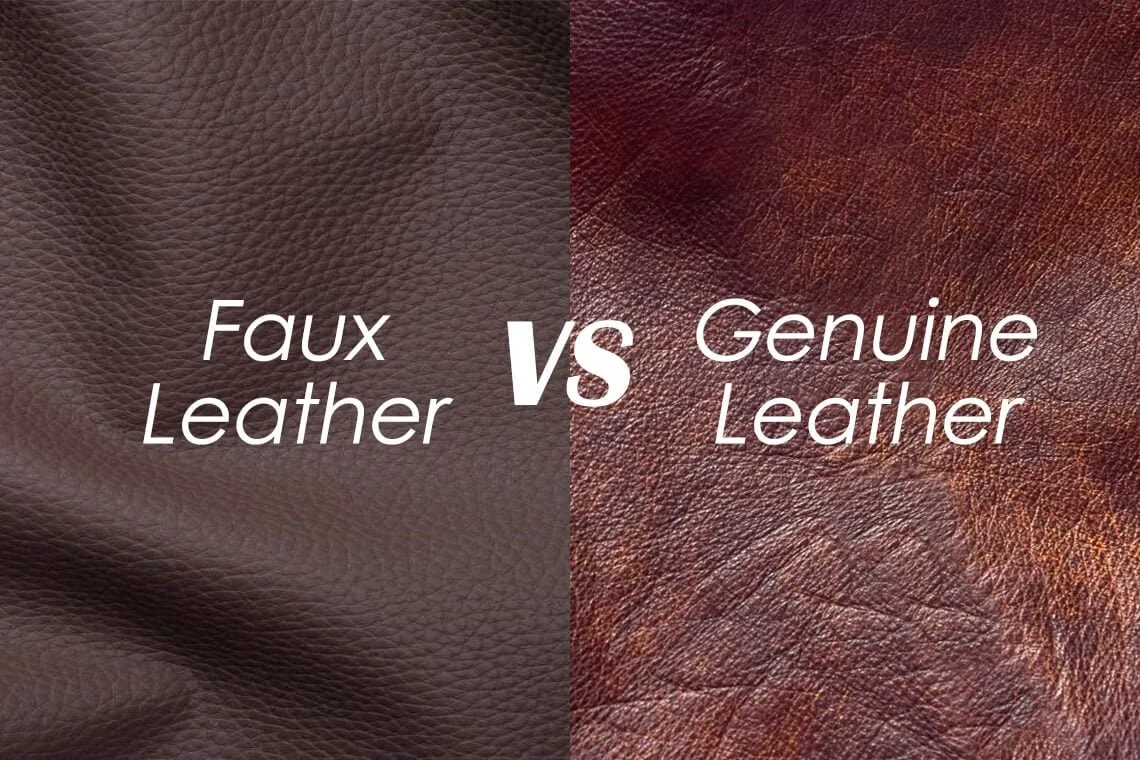
Illustrative image related to artificial leather sheet


